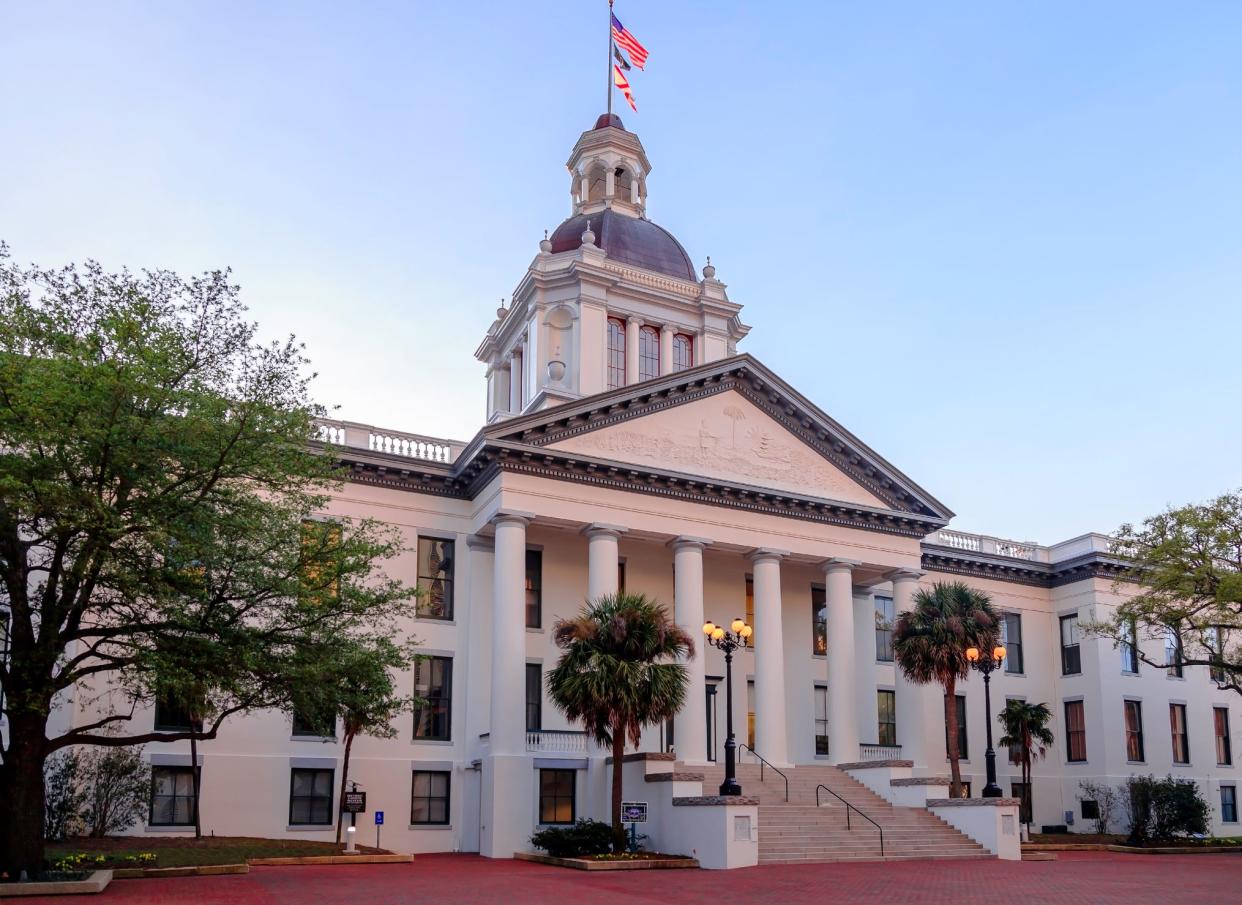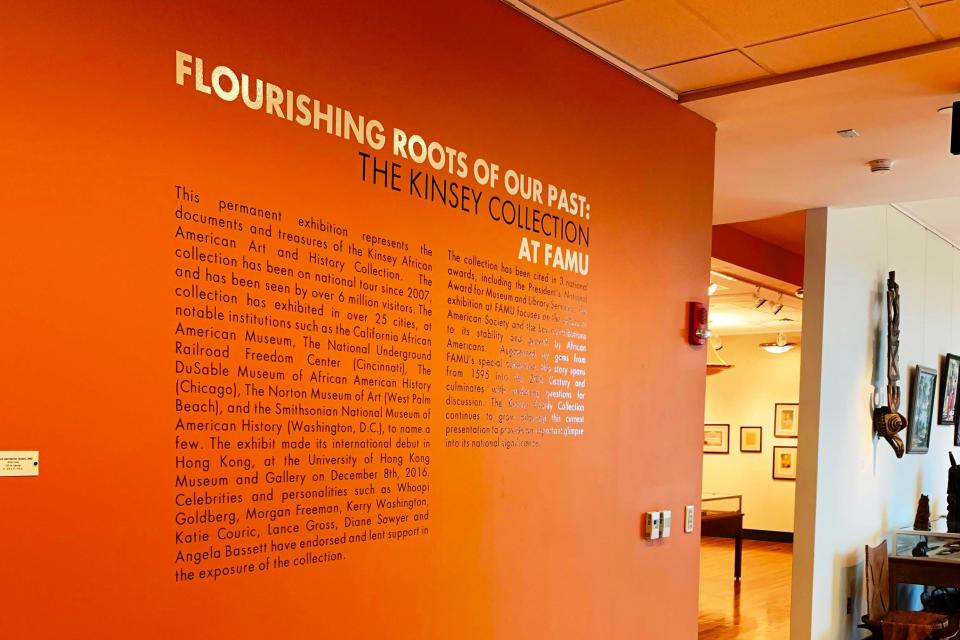Florida History: Tallahassee is an old town, with a wealth of history

We have come almost full circle now in our hop-skip-and-jump tour of some of the coastal towns of Florida. As we head back from the west coast of the Panhandle to St. Augustine, our point of origin, it would be hard to skirt around and ignore the capital city of Florida.
Its name lends itself well to the slow-moss-swayin,’ magnolia-saccharine Southern drawl, and yet it derives from the language of indigenous people. “Tallahassee” is Muskogean; the word roughly translates as “old town.” Which is the way the Muskogean-speaking Creeks, who migrated there in the 18th and 19th centuries from Georgia and Alabama, saw this ancient Apalachee townsite.
More: Florida History: Take a 'spellbinding' adventure to Apalachicola
By our standards, Tallahassee is an old town. It was established on the site of the aforementioned Apalachee town in 1824, three years after Florida became a U.S. territory. The reason this abandoned village was chosen to be the territorial capital is its location. It is approximately midway between Pensacola, the former capital of the English Colony of West Florida, where the territorial legislature held its first session in 1822, and St. Augustine, the capital of colonial East Florida, where the delegates held their second session. The only way the legislators could get from one side of Florida to the other in those days was by sailing all the way down and around and back up the peninsula. The journey took two months, east to west, and one month west to east. You’d better believe that on the second legislative agenda was the selection of a halfway point for the capital.
The first Capitol building was a log cabin, but 20 years later, a fine, Greek Revival building had been erected there to serve as the Capitol of the new state of Florida.
This 1845 Capitol building still stands as the Florida Historic Capitol Museum. If you visit Tallahassee, you will want to tour it. In fact, you may be pleasantly surprised at the wealth of Florida history on display in and around the capital city.
In chronological order of the time periods they represent, here are just a few.
Lake Jackson Mounds Archaeological State Park, in north Leon County, is a major Florida mound site of the Mississippian culture. Occupied between AD 1000 to 1500, it was a large political and religious center in the Apalachee chiefdom. Two of the original seven mounds have been excavated.
Representing the Spanish period is the recreated mission, San Luis de Talimali, only two miles west of the state Capitol building. Here, upon the site of the original Franciscan mission, San Luis de Apalachee (1656-1704), established by the Spanish principally to feed St. Augustine out of the bounty of its agriculture, the State has reconstructed Mission San Luis as a living history museum, the only one of its kind in Florida.
More: Florida History: Ybor City, the 'heart of Tampa,' still beating more than a century later
The antebellum Call/Collins House at The Grove, represents the American era from the second Seminole war to 1985. For virtually its entire 150 years of Call/Collins family ownership, this property was owned and occupied by Florida politicians. It was, therefore, from the time that Territorial Governor, Richard Keith Call, built it circa 1840, until its last owner, Florida’s 33rd governor, LeRoy Collins, died in 1991, less a working cotton plantation than a social center for politicians. The property was passed to the State of Florida in 1985. Between 2009 and 2017, it underwent meticulous restoration to open as The Grove Museum.
Although one of the best-preserved antebellum mansions in the South, the Grove Museum serves a purpose as unconventional as its Southern owners were peculiar. Keith Call, though a slave owner, was vehemently opposed to succession, as was his daughter, who separated from her successionist husband over the issue. Its last owner, Democrat Governor LeRoy Collins, sacrificed his political career in support of civil rights for African-Americans. Small wonder then, that the mission of the Grove Museum is “to engage the public in dialogue about civil rights and American history.”
Speaking of African-Americans, in 1971, the Florida Legislature mandated the creation of a repository for source material about African Americans. The happy result of this mandate is the MEBA (Meek-Eaton Black Archives) Research Center and Museum on Tallahassee’s Florida Agricultural and Mechanical University (FAMU) campus. Commonly referred to as Florida A&M, this university began in 1887 as a college for “colored students,” gained university status in 1953, and is today one of the most awarded universities in the nation for academic excellence.

If you love American history, a visit to Florida A&M’s MEBA research center, containing some 5,000 artifacts and a half million archival records, should be at the top of your must-see Florida destinations.
After all, said Dr. Eaton, MEBA’s founder, “African-American history is the history of America.”
Cynthia A. Williams (cwilliams1020@gmail.com)
This article originally appeared on Fort Myers News-Press: Florida History: Tallahassee is an old town, with a wealth of history

